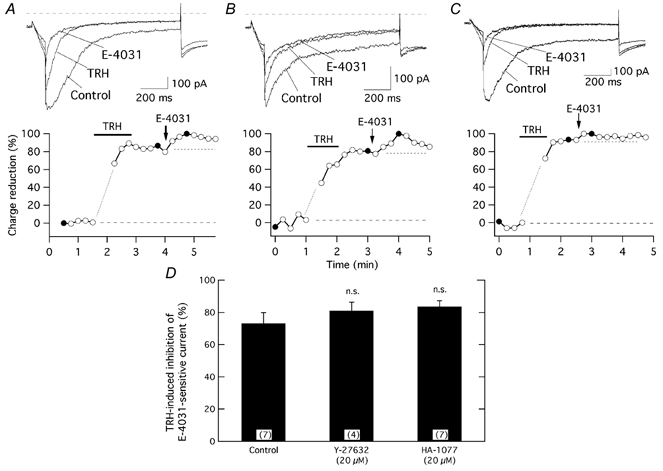Figure 2. TRH-induced r-ERG current suppression is not significantly modified by ROCK inhibitors.

The time course of relative r-ERG current reduction by TRH and E-4031 is shown for three different cells without any previous treatment (A), following preincubation for 1 h with 20 μm Y-27632 (B), or after 1.5 h with HA-1077 (C) at 37 °C. For further details on drug treatments see Methods. Pulse protocols as described in Fig. 1 were used. Current estimations were performed from total inward charge during the hyperpolarization steps at −100 mV as described in Methods. Averaged charge values before any addition and those corresponding to the minimum following addition of E-4031 were considered as 0 and 100 %, respectively. Filled circles correspond to the current traces shown above. The first one or two data points following addition of TRH, when total inward currents became transiently enhanced by activation of Ca2+-dependent K+ channels due to massive liberation of Ca2+ from intracellular stores have been deleted for clarity. Perfusion of 100 nm TRH and addition of 5 μm E-4031 to the recording chamber are indicated. Values for the data in the absence and presence of TRH are indicated by horizontal dashed lines. D, comparison of TRH-induced reduction of E-4031-sensitive r-ERG currents for control cells and cells treated for 1–3 h at 37 °C with Y-27632 or HA-1077. Current reductions were estimated from total inward charge measurements as indicated above. n.s., not significant. Numbers in parentheses indicate the number of experiments.
